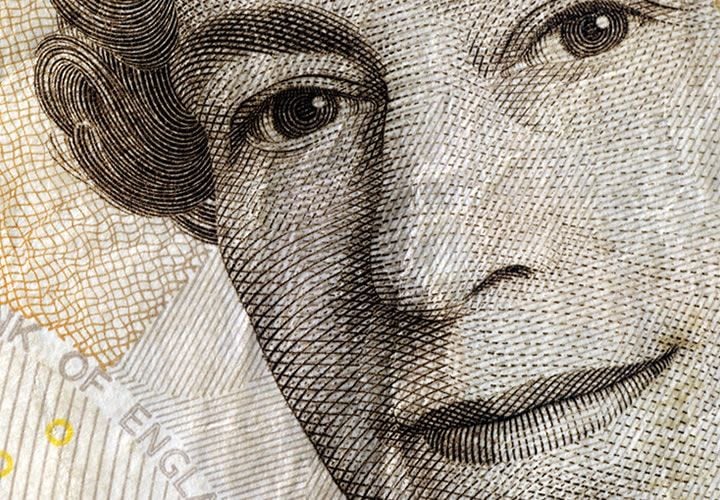Techs Suggest Pound to Struggle at 1.2510 Against US Dollar but Successful Break Opens the Road Higher

Our technical studies suggest the Pound to Dollar exchange rate is probably forming a triangle pattern which bodes for further near-term strength.
The formation of the triangular patttern - a signal that we find tends to have good predictive powers - began after the rebound from the October 2016 post-Brexit lows.
If so, the chances are that we are in the middle of the final e-wave which could move all the way up to the upper border line of the pattern at the 1.2600 level.

Further upside from the current 1.2464 level, however, may be difficult to achieve as the monthly pivot (PP) stands in the way at 1.2478 just 14 basis points above the current market value.
Monthly pivots are formidable obstacles to the trend and the exchange rate may find it hard going to overcome this one.
Ideally, we would want to see a break above 1.2510 for confirmation of a clearance above the pivot, which would then signal an open road higher, to a target at the upper boundary at 1.2600.
The Pound has enjoyed a positive start to the week after rising on the back of unexpectedly high inflation data which read at 2.3% which places it above the Bank of England's official target level of 2%.
It there suggests a greater probability of the Bank raising interest rates; and higher interest rates tend to boost a currency as it attracts more foreign capital inflows.
Whether Sterling’s rally will last is debatable as many analysts have expressed scepticism that the Bank will react to the higher inflation because of the fact much of the recent price rises are a result of the weaker Pound.
To put up rates could harm economic activity just as the UK is moving through the Brexit process which is expected to result in slowing inward investment flows.
As such, Sterling's inflation-rally may be short-lived.
UK Outlook Dominated by Retail Sales Release
Thursday is still a big day for the Pound from a data perspective, with Retail Sales released at 9.30 GMT expected to rise 2.6% year-on-year and 0.4% month-on-month, and Core Retail Sales by 3.1% year-on-year and 0.4% month-on-month.
Retail sales have fallen back over the course of 2017 as the impact of rising prices start to impact on consumer sentiment.
Considering the UK consumer is the engine of the economy any further signs of a slowdown will be of concern.
If there is yet another decline in the figures, it would confirm the trend for slowing activity remains in place and would thus be negative for Sterling.
The Bank of England's Ben Broadbent will also speak on Thursday, at 9.15, so we might get the first response from the BOE since the overwhelming inflation data.





